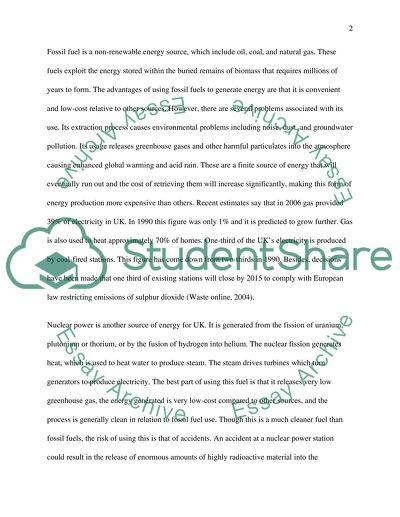Cite this document
(“Energy production in Britain and its impact on environment and health Essay”, n.d.)
Energy production in Britain and its impact on environment and health Essay. Retrieved from https://studentshare.org/environmental-studies/1529736-energy-production-in-britain-and-its-impact-on-environment-and-health
Energy production in Britain and its impact on environment and health Essay. Retrieved from https://studentshare.org/environmental-studies/1529736-energy-production-in-britain-and-its-impact-on-environment-and-health
(Energy Production in Britain and Its Impact on Environment and Health Essay)
Energy Production in Britain and Its Impact on Environment and Health Essay. https://studentshare.org/environmental-studies/1529736-energy-production-in-britain-and-its-impact-on-environment-and-health.
Energy Production in Britain and Its Impact on Environment and Health Essay. https://studentshare.org/environmental-studies/1529736-energy-production-in-britain-and-its-impact-on-environment-and-health.
“Energy Production in Britain and Its Impact on Environment and Health Essay”, n.d. https://studentshare.org/environmental-studies/1529736-energy-production-in-britain-and-its-impact-on-environment-and-health.


